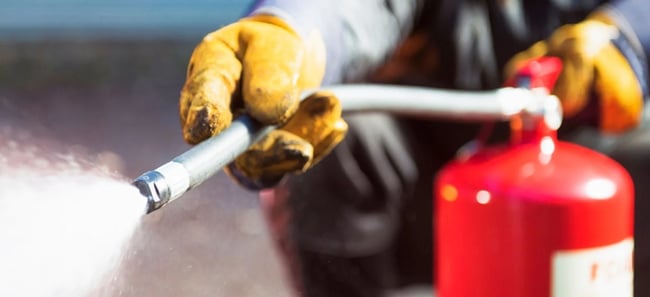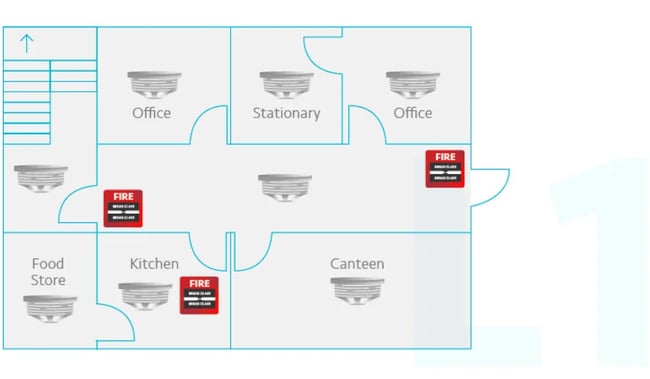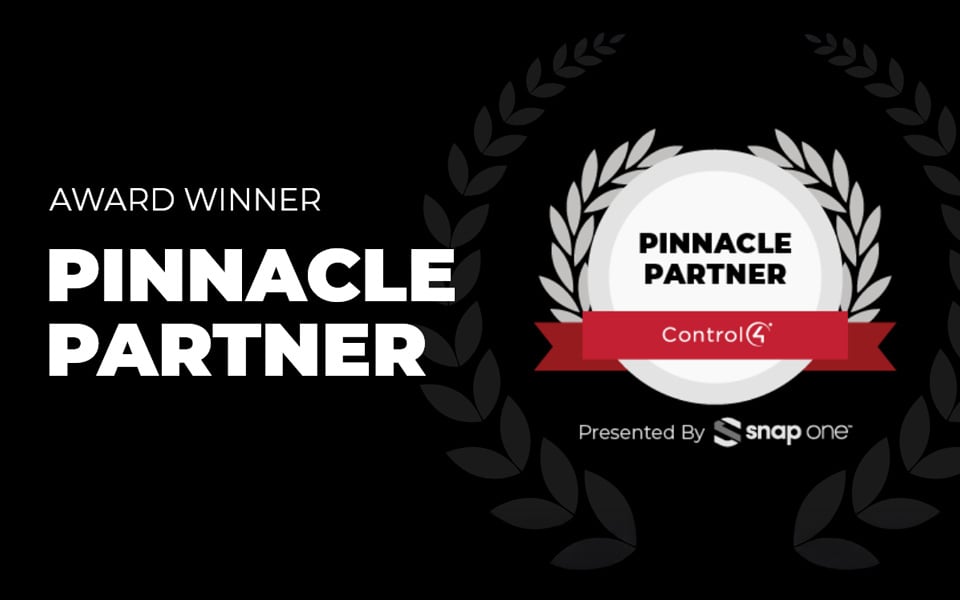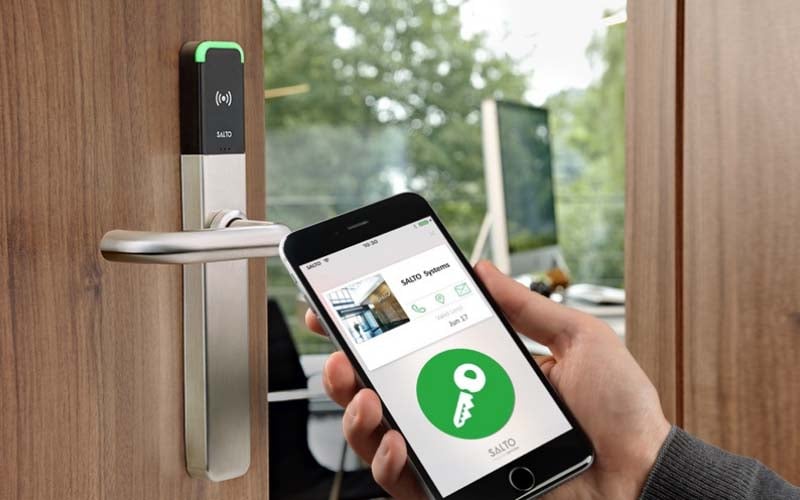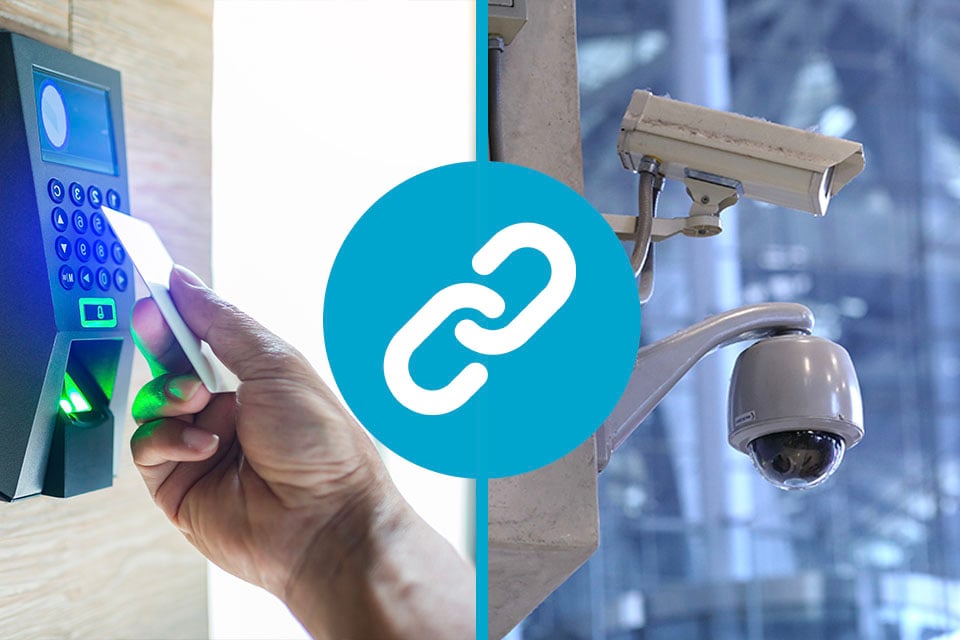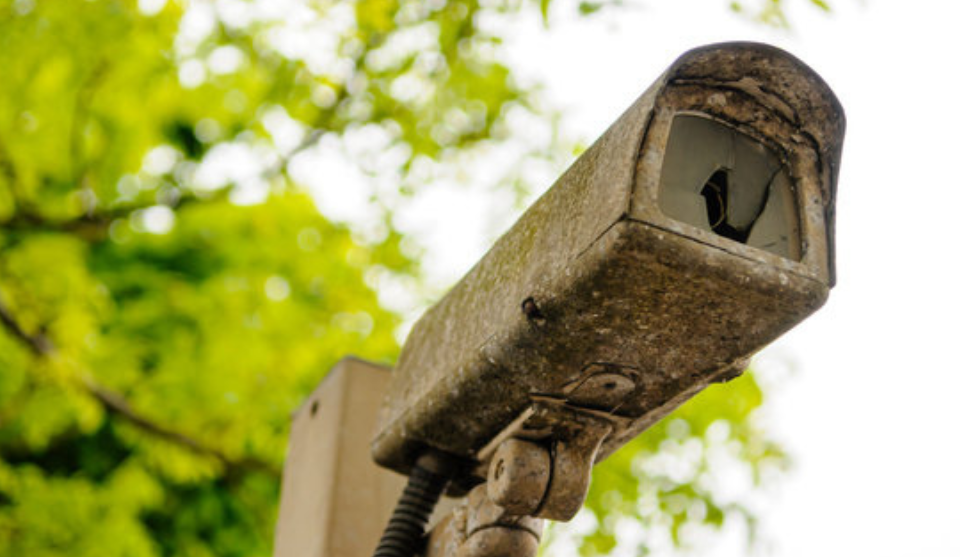As technologies continue to evolve, the options for fire detection and suppression systems come with increasing variety, offering today’s businesses and property owners a welcome, but sometimes confusing, choice. Choosing the right system for you is complicated by the fact that the components must work seamlessly with each other so their ability to rapidly detect, and control a fire is not jeopardised.
Jump To
Closed vs. Open Protocol Fire Alarm Systems
A typical fire system has all its components connected together to form a robust infrastructure that is managed centrally from a control panel. Each component uses a particular protocol, which is essentially the language that electronic products use to communicate with each other.
There are two types of protocol for fire systems: open or closed.
.webp?width=960&height=440&name=Fire%20Suppression%20Alarm%20(1).webp)
What Is an Open Protocol Fire System?
With open protocol systems, the manufacturers of fire detectors and control panels disclose the full technical details of their communication protocols, enabling other manufacturers to produce compatible components. These systems make detectors, interfaces and control equipment interchangeable across a wide range of manufacturers and offer you freedom of choice in terms of both product and installer.
Advantages
You or your installer are free to choose components which best meet the precise requirements of your fire system design. You can also elect to use different suppliers according to their specific areas of expertise. Additionally, you can choose to use a company other than the installer to service the system, or provide upgrades to access new features!
Disadvantages
If an open protocol component is upgraded, there is a small chance that it may no longer be compatible with every other part of the system. Fixing such incompatibility problems may be time-consuming or cause additional expense.
.webp?width=960&height=440&name=Fire%20(1).webp)
What Is a Closed Protocol Fire System?
In a closed protocol system a single manufacturer produces devices that all use the same protocol. The company does not disclose its protocol to other manufacturers and access to the software is restricted to manufacturer-approved installers and engineers. The equipment produced will not be compatible with devices from different manufacturers of closed protocol fire systems. With this type of system, the same company has to supply, maintain and upgrade all the components.
Advantages
Because the components all come from the same source, they benefit from a unified design approach and work together with no difficulty. Component upgrades are tested to ensure they work with the manufacturer’s other devices before release, ensuring they will remain compatible with the rest of the fire system. It is unlikely that individual components will fail because of tampering, as only manufacturer-approved engineers can work on and maintain the system.
Disadvantages
There is a complete dependency on one manufacturer for spare parts, and access to the protocol for servicing, modification, and upgrades. All of this may put a premium on ongoing maintenance.
System upgrades are restricted to the chosen manufacturer's innovations, removing the freedom to choose new solutions and access the wide pool of expertise available in the marketplace.
Organisations with closed protocol fire systems are a captive market and so can endure poor service, slow response times and uncompetitive ongoing maintenance costs. It may be considered to be too disruptive and expensive to rip out and replace the existing system, so organisations might find themselves sticking to their original supplier when they would rather switch.
.webp?width=400&height=335&name=Chris-Lewis-Blog-9-image-1%20(1).webp)
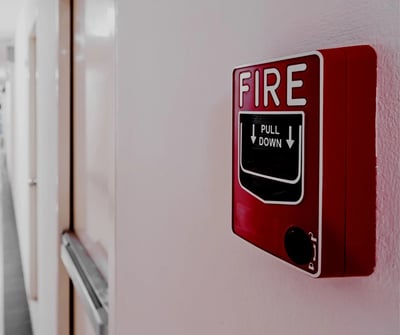
Which Protocol Fire Alarm System Is Right for You?
A key issue is working out which system is going to be the best long-term investment in terms of ease of maintenance, ongoing support, and overall cost.
Open Protocol Fire Alarm Systems
An open protocol system will give you the freedom to choose precisely the components you want, both now and in the future. This also means that you, and your system’s installer will have the freedom to select precisely the components you want, both now and in the future, and design a fire system that’s right for your needs. You do, however, need to know that your installer has expertise in, and experience of, a broad range of solutions, and will recommend the best equipment for the job. Do they, for example, have industry accreditations to give you peace of mind?
Closed Protocol Fire Alarm Systems
Opting for a solution from a manufacturer of closed protocol systems will give you components that have been designed to work together, which will be installed by approved engineers with training bespoke for that system. However, there are a number of questions you need to ask. For example, what is the manufacturer’s upgrade policy – will it maintain backwards compatibility? Is there a commitment to providing new features? Are its solutions likely to cost you more than similar components sourced elsewhere? Crucially - are you prepared to be tied to one manufacturer not just now, but for the foreseeable future?
Finally, whether your chosen system is being installed by the manufacturer or by an independent company, you need to investigate what levels of support and maintenance you are likely to get in future so that you can calculate the true cost of ownership for your fire system.
Chris Lewis Fire and Security is an experienced, award-winning company with a team skilled in designing and installing fire and security systems for commercial offices, retailers and licensed premises. We cover access control gates to CCTV systems, and everything in between.
Get in touch today to see how our experts can support you
Submit the form below and we will get back to you shortly.

Luke Lewis-Rippington
Related Posts
Fire Alarm Monitoring: The Benefits and Costs
Fire brigade callouts rose by over 11% last year, to the highest number in a decade, with UK Fire Services called out over 700,000 times. It seems like - after a fall during the pandemic - building.
The Types of Fire Extinguisher and How to Use Them
Fire extinguishers are a crucial piece of fire safety equipment. They can be the difference between a small fire that is nipped in the bud, and one that quickly spreads out of control, causing huge.
Everything You Need to Know About Fire Alarm Systems, Explained
There’s lots to consider when looking to install or upgrade a fire alarm system. In order to make things a little easier, and to simplify the information that’s out there, in this blog we talk about.


